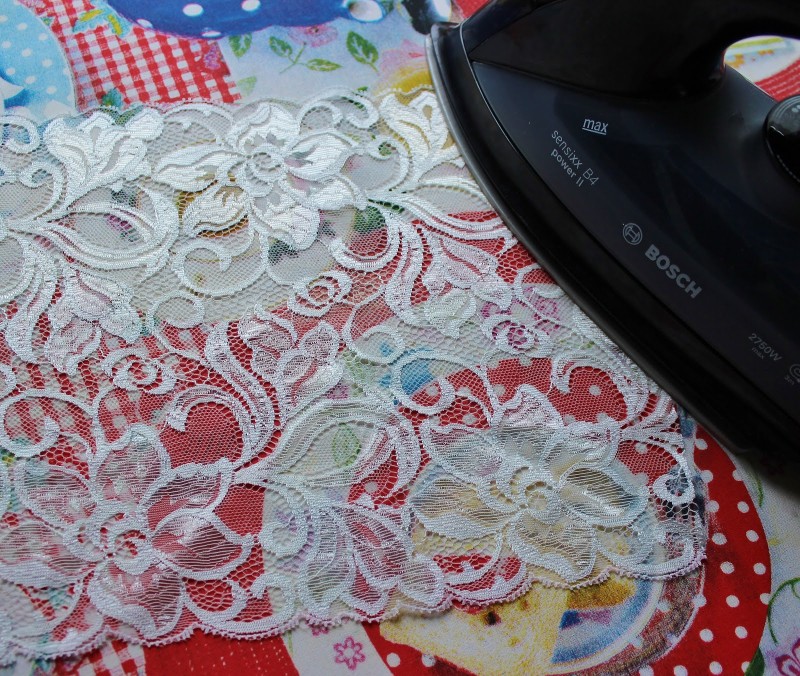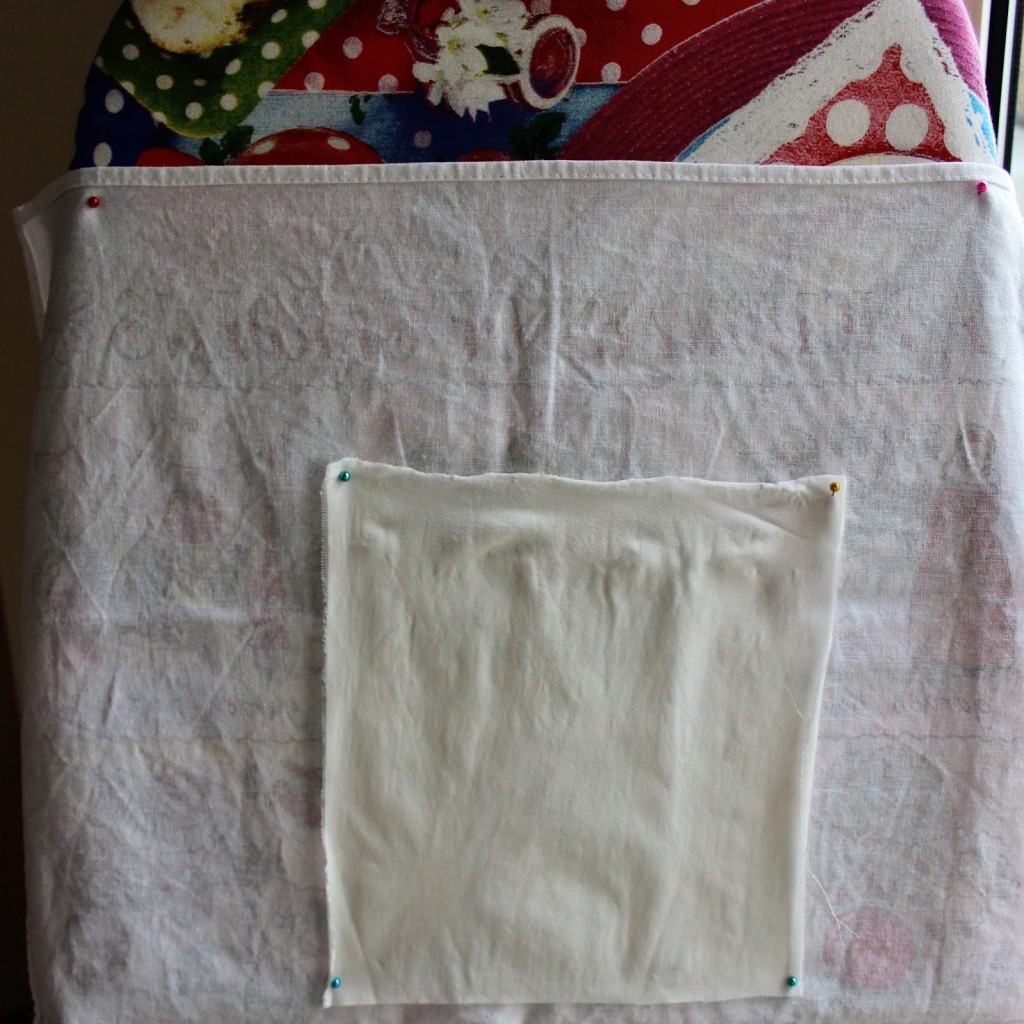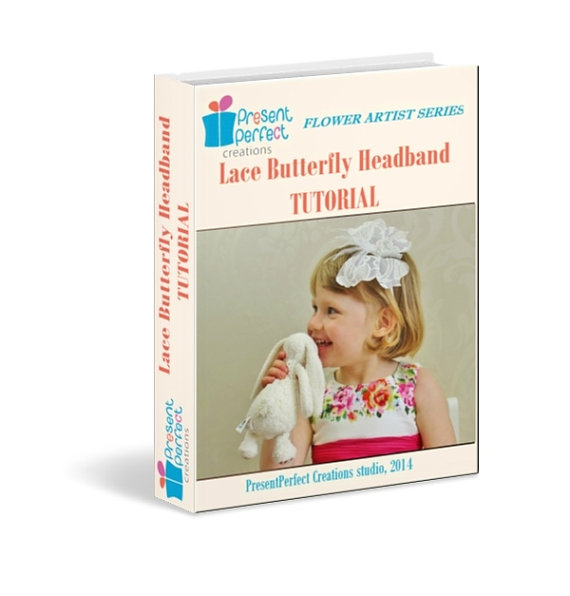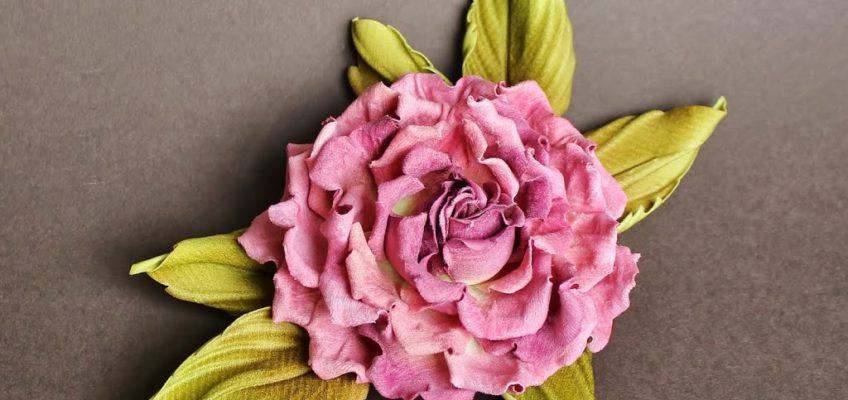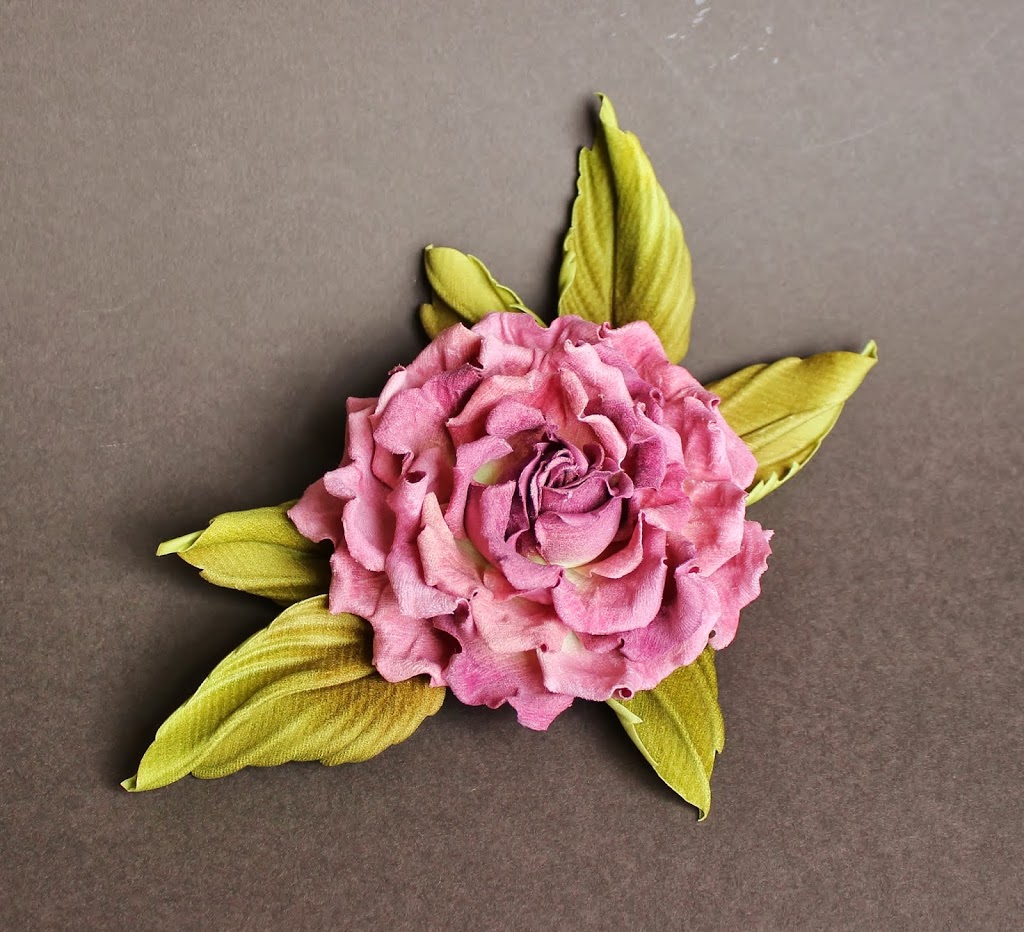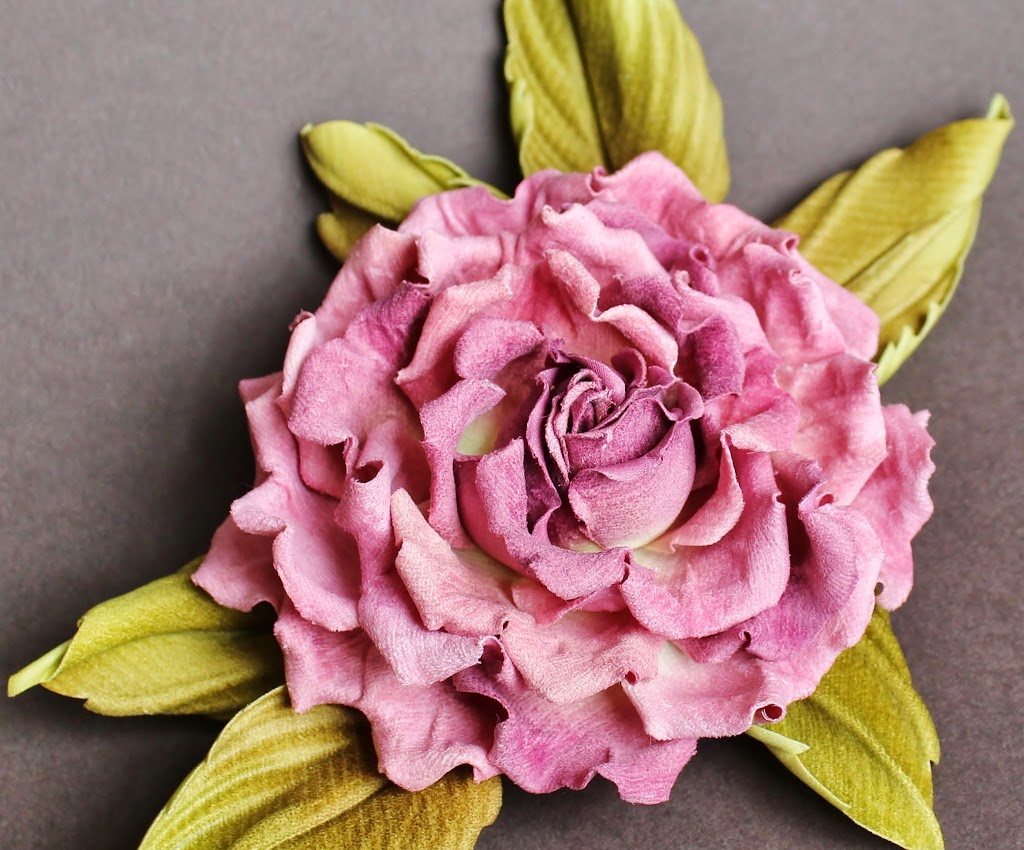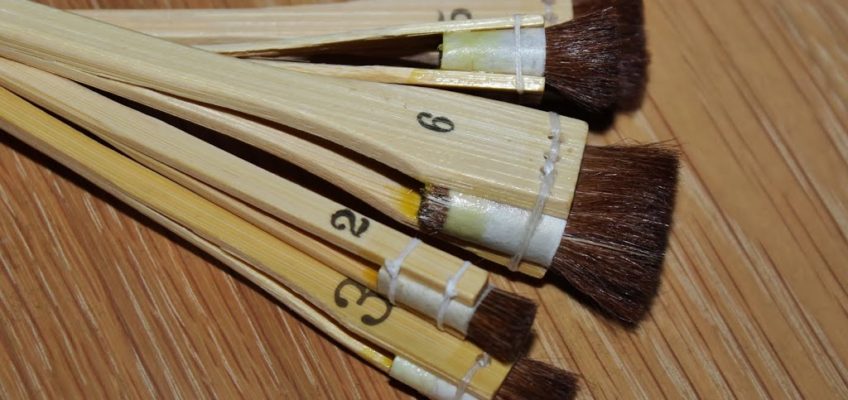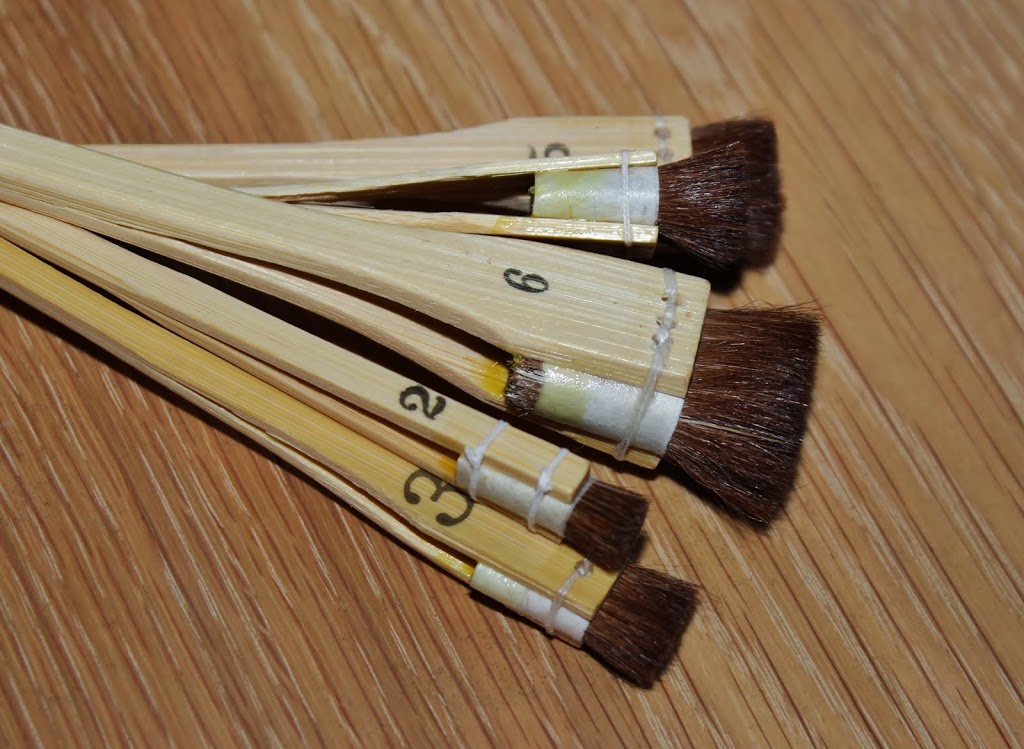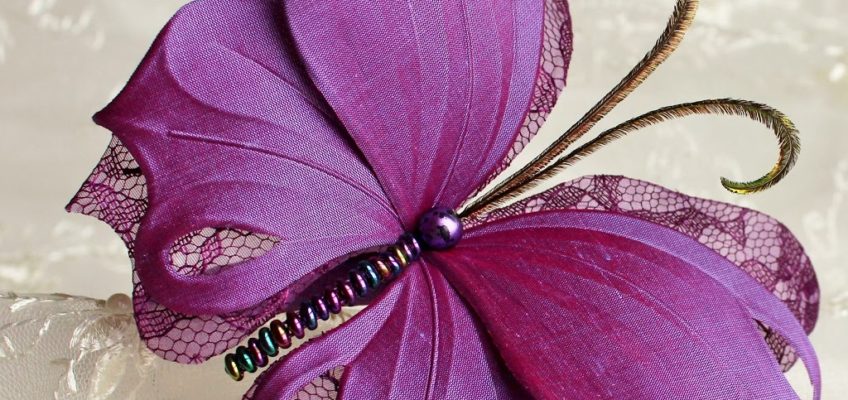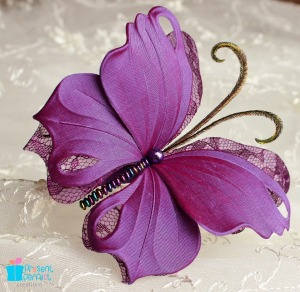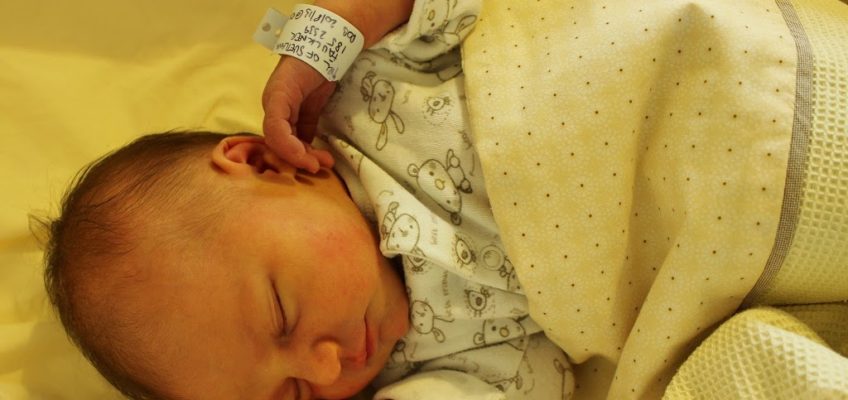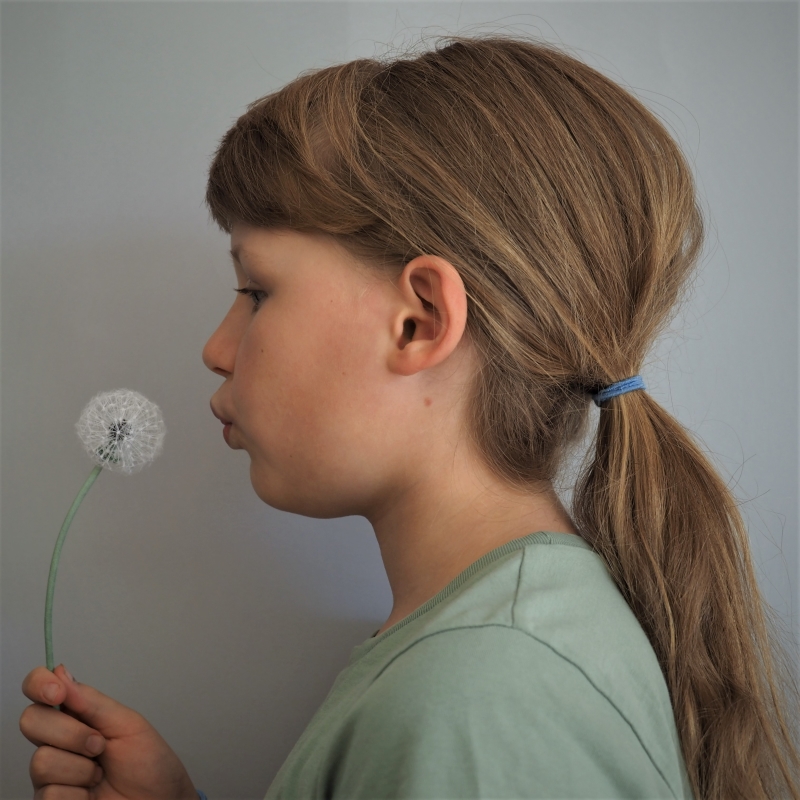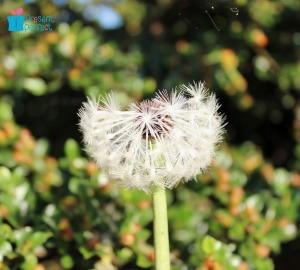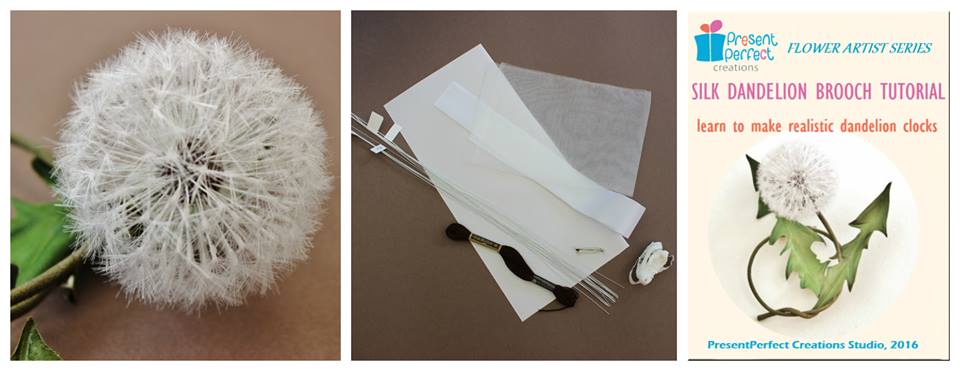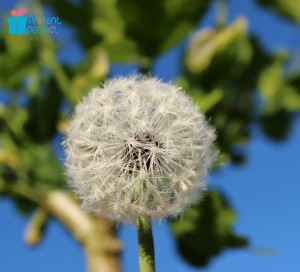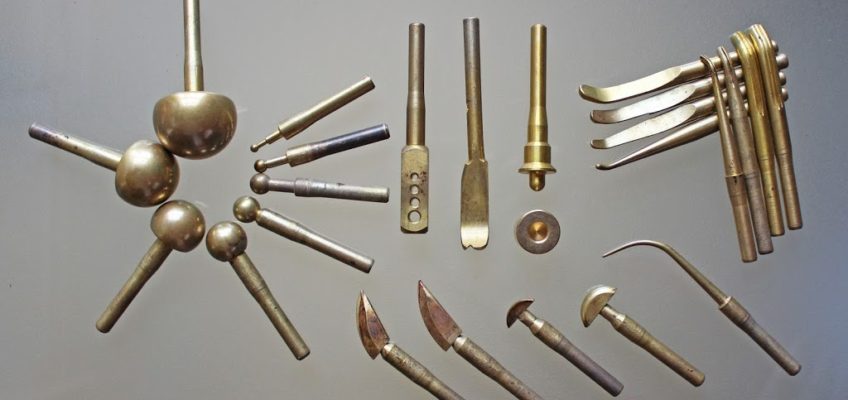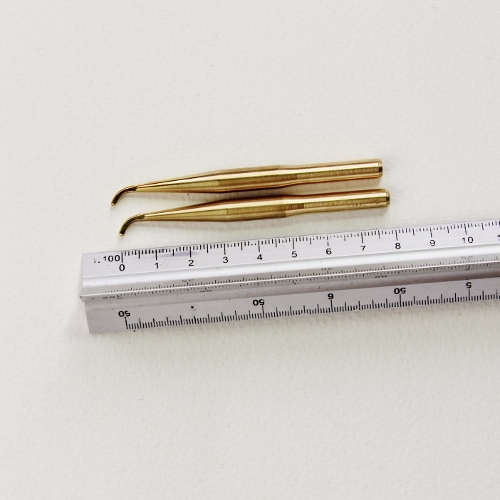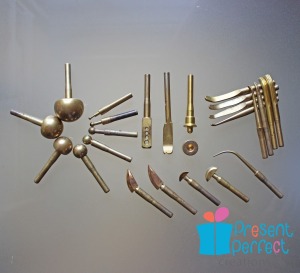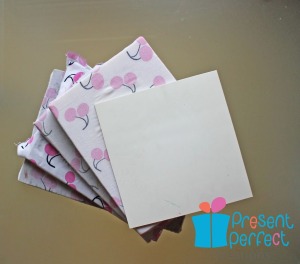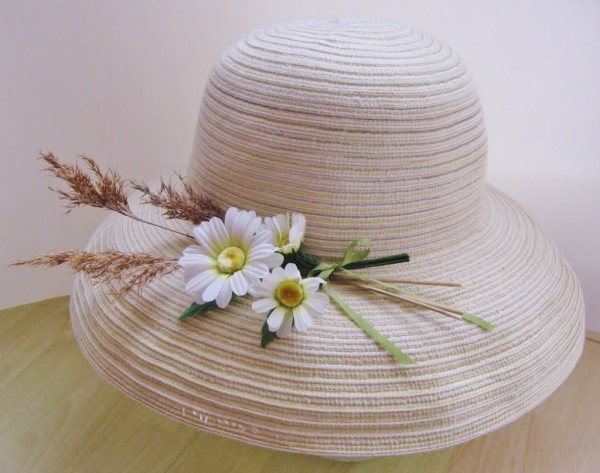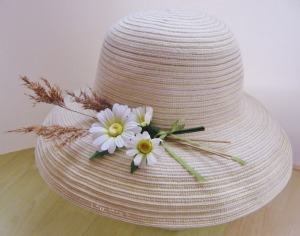 Colouring stamens for flowers made easy!
Colouring stamens for flowers made easy!
Although ready made stamens come in a variety of colours and sizes is is often difficult to find ones in suitable colour for a project in question. That’s why I find it easier to colour white stamens myself. This way I make sure that the stamens match my flower in colour and size.
For dyeing stamens we’ll need:
– non porous surface (plastic or glass)
– some vodka (or even better spirit)
– Procion (acid) dyes in chosen colours
– a receptacle (a porcelain dish)
– a pair of tweezers
– a bunch of stamens
Vodka evaporates quicker than water which means the dye will dry before the stamen heads dissolve in the li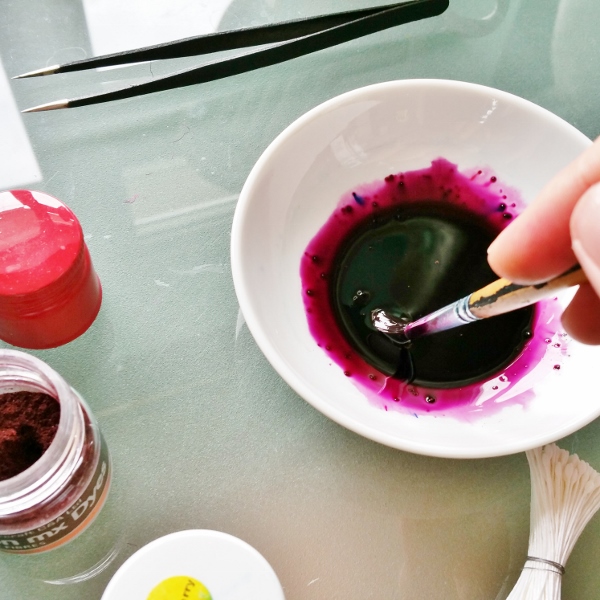 quid. Water is not as good for this task and even with vodka one should act really quickly.
quid. Water is not as good for this task and even with vodka one should act really quickly.
Pour a small quantity of vodka (10-15 ml) into the dish and dissolve some powder dye in it. I find intense colours work better, that’s why I put a generous amount of powder dye into the dish. 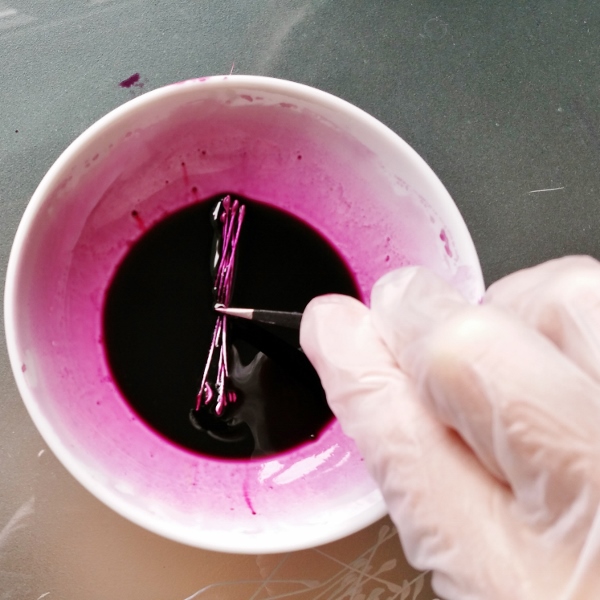
Using a brush dissolve the dye well in vodka. It will take a bit longer than dissolving the dye in water, so make sure all the dye grains are dissolved.
Now using a pair of tweezers ( and possibly disposable gloves) dip several stamens at a time into the prepared dye and dye them evenly. Do not try to put all of the stamens at once. This will only dissolve all the stamen heads and ruin the stamens.
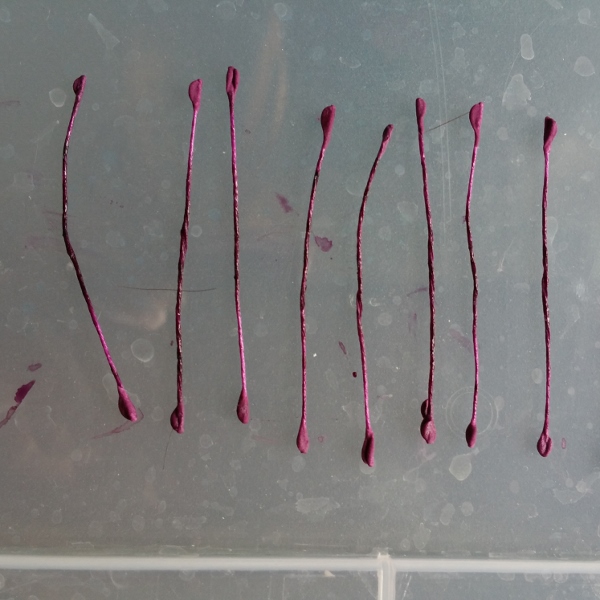 Having dyed a small bunch of stamens put them onto a prepared non porous surface like glass or plastic and leave to dry. It is important that the stamens are separated (see the photo). Otherwise they will stick together as they are drying.
Having dyed a small bunch of stamens put them onto a prepared non porous surface like glass or plastic and leave to dry. It is important that the stamens are separated (see the photo). Otherwise they will stick together as they are drying.
In this way, portion by porting a small bunch at a time dye all the stamens and lay them out to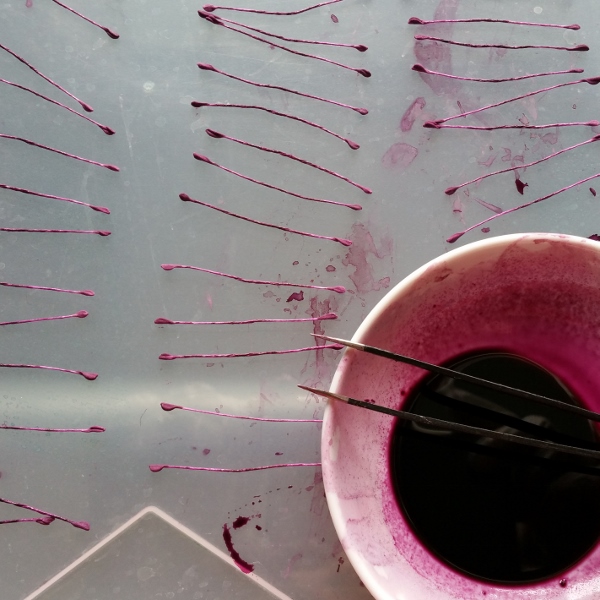 dry on the non porous surface. Please do not use paper as the wet stamens stick to it.
dry on the non porous surface. Please do not use paper as the wet stamens stick to it.
I hope this information on colouring stamens for flowers is useful for you and you’ll be confident to dye white stamens for your project now.


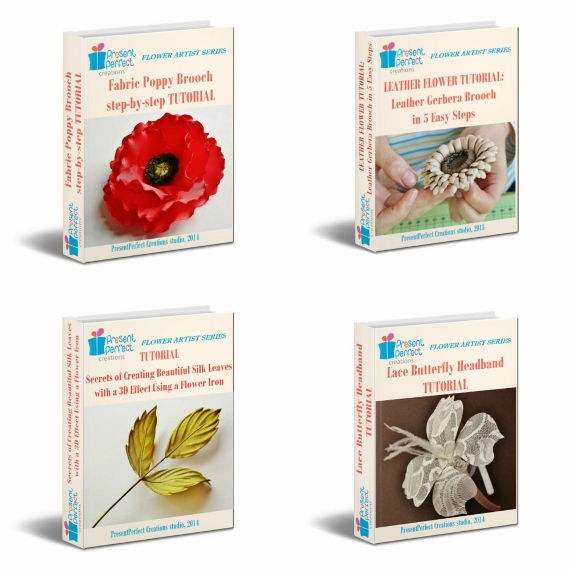
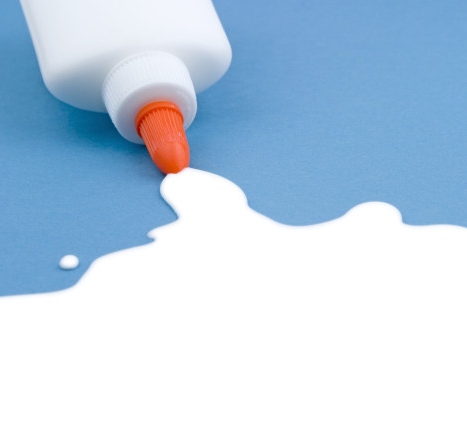
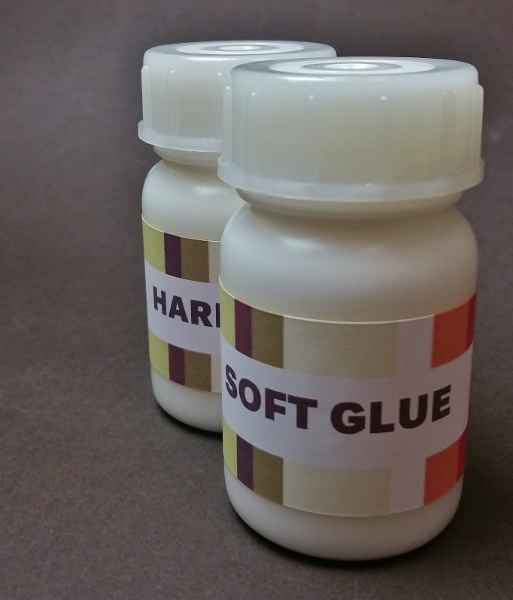
 Whilst it is easy and enjoyable to work with authentic materials, it is not always achievable. None of us live in Japan so we must find a replacement that we could purchase in our own country if we want to make good quality fabric flowers.
Whilst it is easy and enjoyable to work with authentic materials, it is not always achievable. None of us live in Japan so we must find a replacement that we could purchase in our own country if we want to make good quality fabric flowers.

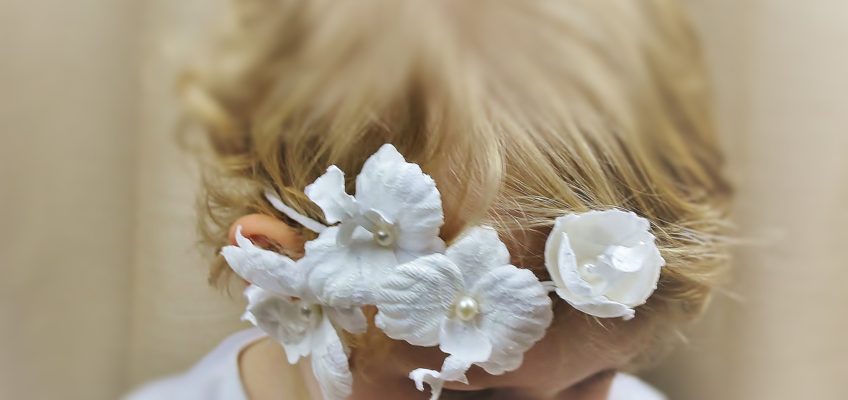
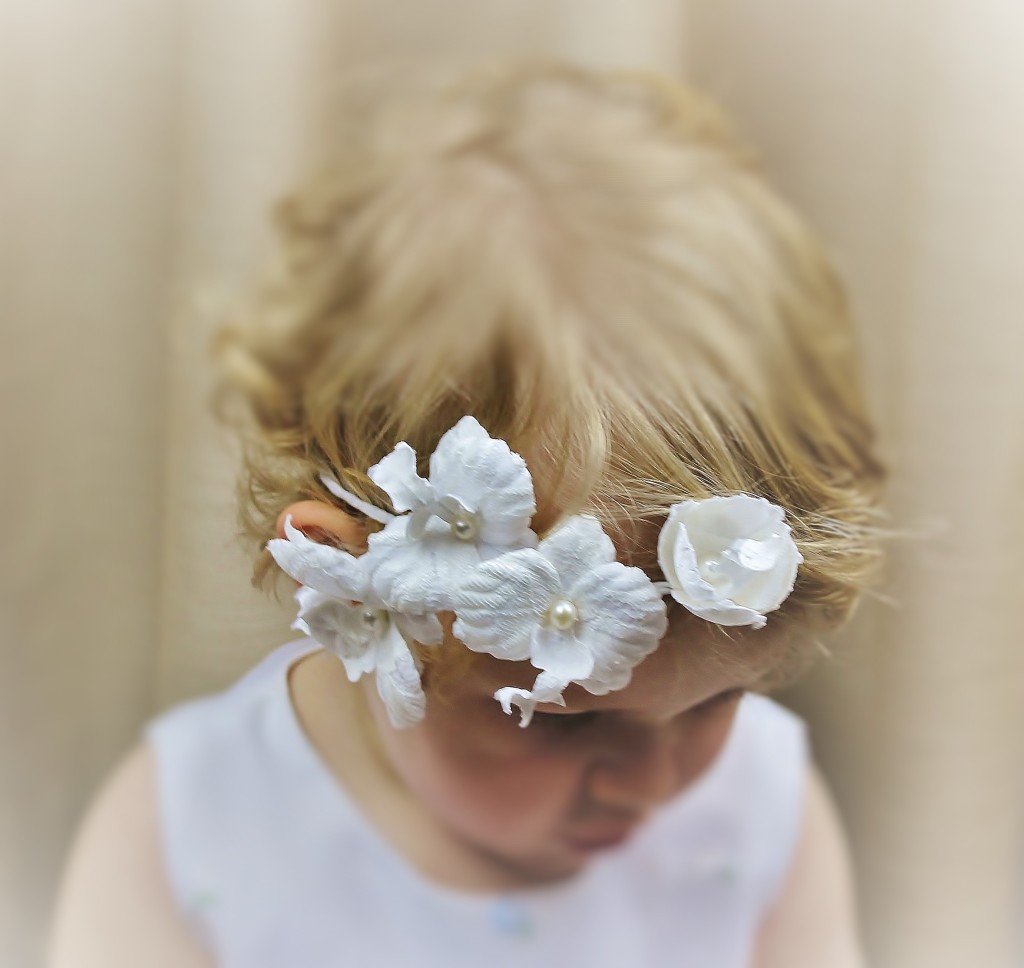
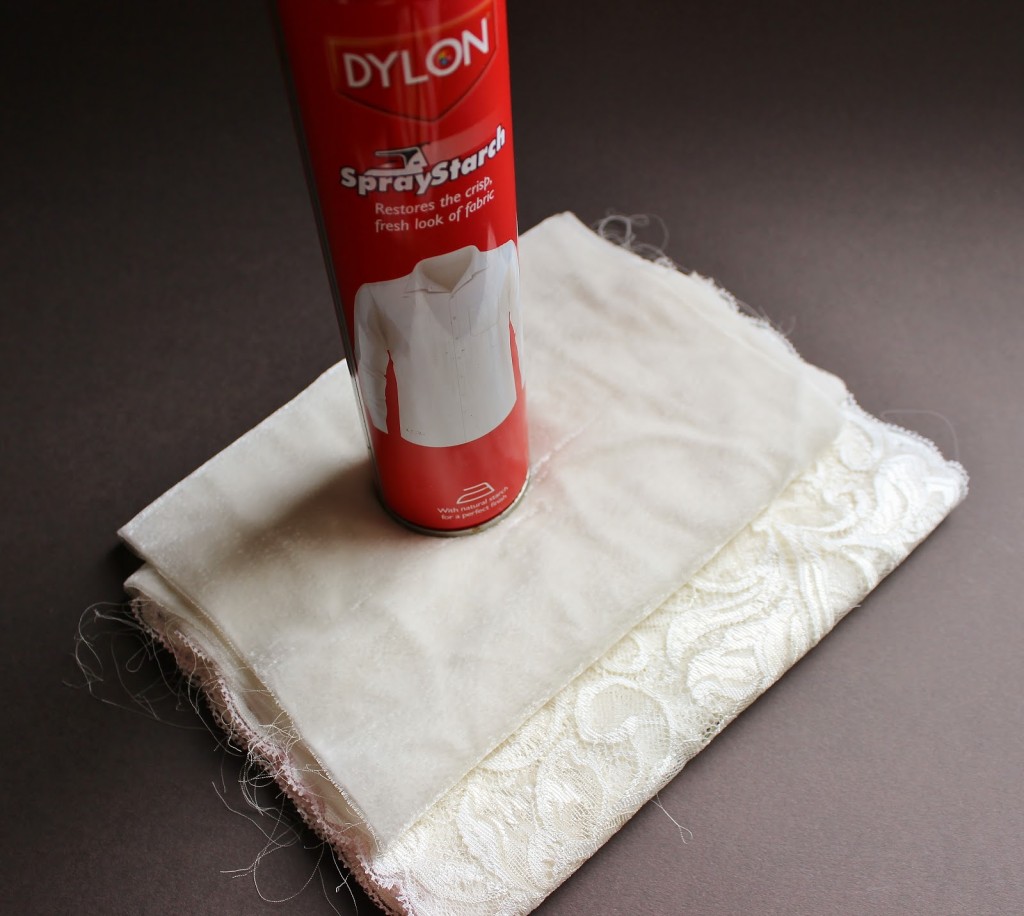 velvet ready for making flowers, I have never seen any ready to use lace fabric. So what to do if you have that nice piece of vintage lace or gorgeously coloured square of velvet you would like to incorporate into your design? Use gelatine? I can tell you from my experience these attempts have not been very successful as the gelatine tends to form a film on the structure of the lace and makes the velvet pile all stuck together. So how to prepare these delicate fabrics for using in flower making?
velvet ready for making flowers, I have never seen any ready to use lace fabric. So what to do if you have that nice piece of vintage lace or gorgeously coloured square of velvet you would like to incorporate into your design? Use gelatine? I can tell you from my experience these attempts have not been very successful as the gelatine tends to form a film on the structure of the lace and makes the velvet pile all stuck together. So how to prepare these delicate fabrics for using in flower making?